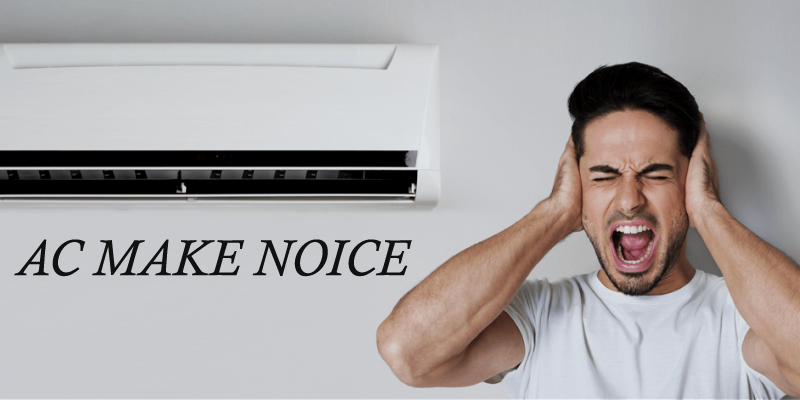How To Check Air conditioners within our homes become part of the house and on the grounds that we invest such a lot of energy inside the house with the air conditioner on, we can by and large recognize when something appears to be astray. In any case, there are a couple of home tests you can hurry to guarantee that your forced air system is solid, spotless and utilitarian. To have your air conditioner fit as a fiddle to run from summer to fall, attempt these five tests and check whether your AC is capable.
How To Check :Measure temperature drops when the AC is running

This test is one of the most basic tests you can do on your air conditioner. Simply set the thermostat to a temperature that is comfortable for you. In most households, the temperature is 73 to 75 degrees. Make sure this number is lower than the ambient temperature in the house. When operating your air conditioner, watch the thermostat to see if the temperature in the house is dropping. A good indicator that your air conditioner is working properly. It is efficient when the ambient temperature drops by at least one degree every 20 minutes. Avoid overheating the home to keep your air conditioner strong and healthy. This does not relate to using the kettle, but rather to allowing the room temperature to rise too high. the air conditioning when you need to cool the house down so that it runs almost non-stop.
Go outside and see if the condenser is turned on
The condenser is the unit that is outside the house. It is an important part of the air conditioning system and is responsible for the cooling process that helps cool the air. There is an easy way to measure capacitor performance in Service Champions. With the capacitor on, place your hand about a foot over it. There has to be air. If there is no air, the condenser will not work. If the air feels cold, your air conditioner is not extracting heat. A properly functioning air conditioner has a condenser that releases warm to hot air that has been expelled from inside the home. As a rule of thumb, the hotter the air, the more heat is dissipated.
How To Check : Listen for unusual or new noises

As vital air structures develop older it’s far traditional for them to develop noisier as well. However, odd noises, typically while the gadget turns on, are a purple flag signaling an underlying issue. Listen for noises coming from the condenser. If you do pay attention noises coming out of your condenser that you haven’t heard earlier than name your preferred HVAC technician.
Because you spend the maximum quantity of time the use of your vital air gadget, you may be capable of determine what sounds are out of the ordinary. Costly upkeep may be prevented with early detection and attention.
Evaluate your air vents or registers for healthy air flow
Vents and registers are the vents in the walls and ceilings through which air can flow in and out of the air ducts. Since they are the front door to the air conditioning, it is important that these vents are in good condition. Leave residue, discoloration or particles. Any of these elements on the vents can indicate the degradation of the air supply that is dirty enough to clog the vents. If stains build up in the logs, there is most likely a source of attic contamination. O If this problem occurs, your HVAC technician can work with you to find and correct this source of contamination. Also, make sure you don’t close too many logs. Because this closes the hallways so the air conditioning drains into the house and creates. Back pressure refers to the static pressure that builds up in the air conditioning system and ducts that result from trapped air. Since the airflow is restricted due to fewer open ventilation slots, the air conditioning remains in the system, which leads to a temperature imbalance between the value set on the thermostat and the value actually generated.
How To Check: Look out for doors
Be aware of odors emanating directly from the air conditioner. One particular area to watch out for is the evaporator coils. These coils are prone to biological growth due to their sump conditions. The main function of the evaporator coils is to constantly accumulate moisture. In air conditioning systems that require continuous heat transfer. Since the evaporator registers do not receive any light either, they are a perfect breeding ground for bacteria due to the moisture, lack of air and light. Microbiological growth can build up and trigger an odor from inside the air conditioner. If and when your evaporator coils show biological growth, have your HVAC technician visit you for a thorough clean. He can work to remove any growth can look for UV lamps and air purifiers that destroy the potential of bacteria. , Particles in the air and microbiological growth.


